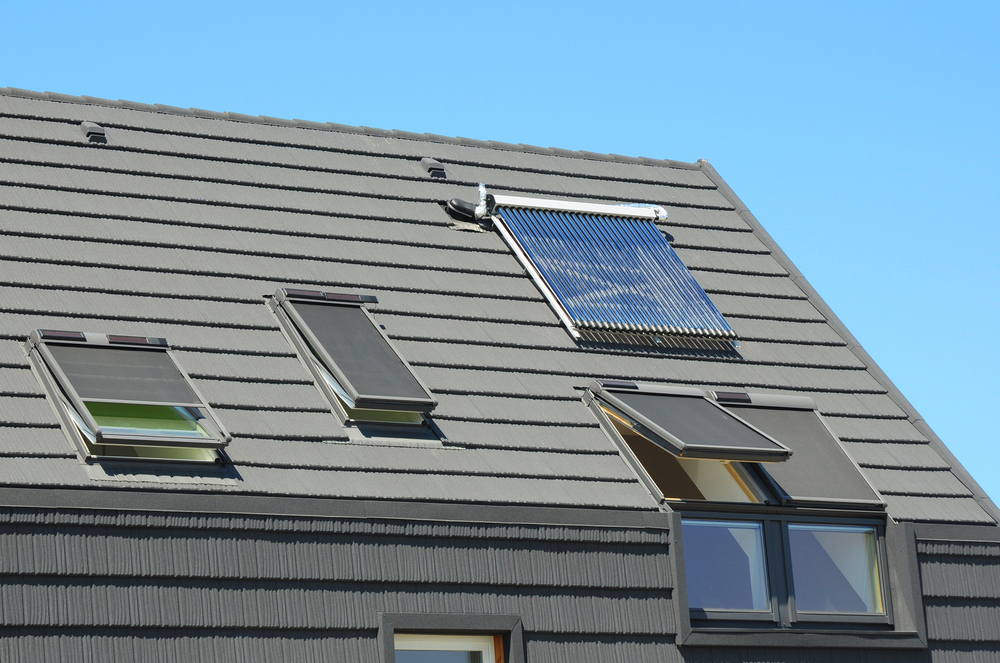
After a long cold winter, summer is just around the corner. And while winter is definitely the hardest season on your roof, summer brings its own threats with it.
- Most obvious roof threats in summer
- Less obvious roof threats in summer
- Protect the roof from the summer heat
Most obvious roof threats
The most obvious one is summer storms, of course, and although these are usually short, they can be very violent. But if you’ve gone through our spring checklist for your roof and had any potential problems dealt with, you should be in pretty good shape to weather these without damage. Barring a direct hit from a falling tree, of course.
- Summer storms
- Falling tree
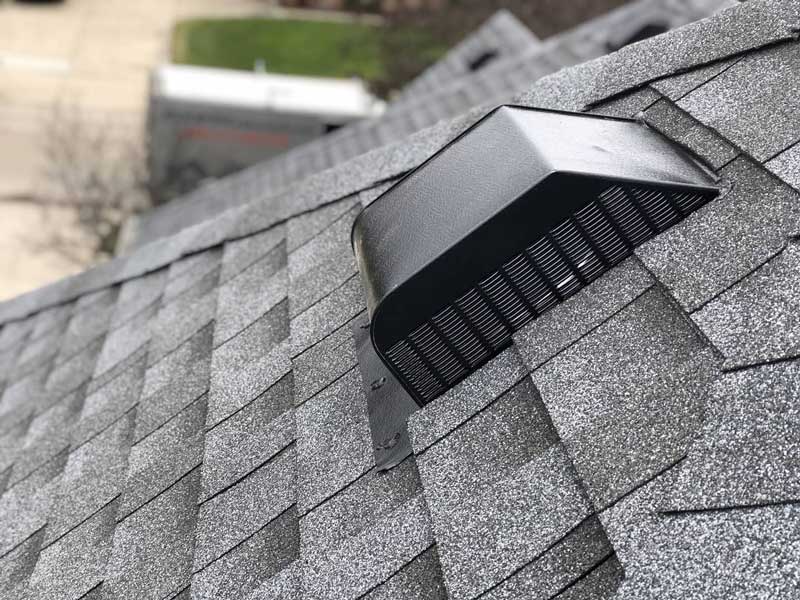
Less obvious roof threats
There are other less obvious but no less dangerous threats related to summer, and these are:
- UV Rays.
Your roof is constantly exposed to UV rays, even on cloudy days and this exposure increases considerably during the long summer days with all those extra hours of sunlight. These rays dry out the oils in the materials your roof is made of, causing the wood to become bleached, weaken and crack, especially if it is untreated, and asphalt shingles to buckle and possibly split. - Heat.
Your roof bears the brunt of the sun’s force and is exposed to a lot of heat during the summer. An unshaded roof can reach temperatures of as much as 65 to 90 °C. At these temperatures, asphalt shingles can melt. This also speeds up the damaging effect of the UV rays and causes other problems. If your attic is not properly ventilated, heat will build up in it, raising the temperature inside your home and causing condensation problems and raise your cooling energy bills and carbon footprint. - Thermal Shock.
Your roof can reach such high temperatures during the day and cool off rapidly as soon as the sun goes down. This causes the materials to expand and contract relatively quickly, which weakens their structural integrity over time. This is particularly true for metal, which can warp out of shape and lead to gaps appearing between metal elements of your roof and the rest of the structure. - High humidity
Hot and humid air is damaging the roof. Condensation is settling beneath the shingles and result in water damage, leaks or rotting of material and mold growth
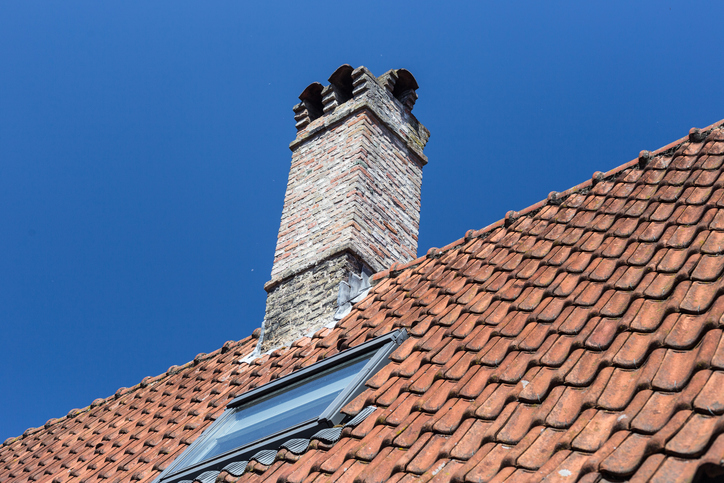
The good news is that the damage caused by heat and other factors during summer is cumulative, meaning it builds up over time, and your roof isn’t going to crumble and turn to dust after one week of extra-warm weather. If your roof is under ten years old, you don’t have much to worry about at all, especially if you keep it well-maintained. With older roofs, knowing what to look for and keeping an eye out for any developing issues and dealing with them promptly will save you money in the long run.
If your attic is well-ventilated, this will alleviate the worst effects of summer heat and help keep your roof serviceable for many years to come. If you have an unventilated attic, or what is known in the roofing trade as a Hot Roof, problems will occur in the summer much more easily so it’s important to make sure it has adequate insulation installed.

How to protect the roof from summer heat?
Probably the best way to keep your roof cool is to put some solar panels on the roof. Solar panels can be photovoltaic or solar collectors. Photovoltaic solar panels are generating electricity from the Sun and make money, and solar collectors are warming water in water tubes that are exposed to the sun. You can use this water to cook, shower, wash dishes and clothes. You can even heat your house in winter with this system.
This way instead of heat on roof and problems you can convert that energy into heat that you can use, or turn it into electricity.
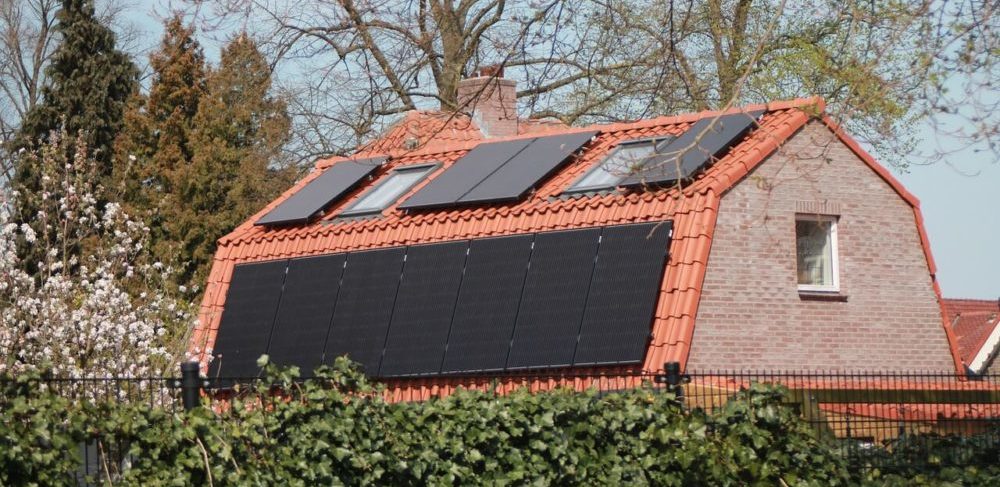
If you have a flat roof you can plant a garden and make some shades and vegetables. A rooftop grade is a great way to take advantage of a large amount of sun while blocking the surface of the roof. Get some pots, storage boxes, or something similar, put some ground for flowers and vegetables in those boxes and plant vegetables or whatever you wish. Water your plants regularly. This way keeping your cooling bills low and have really fresh and high-quality nutritious vegetables.
Your roof must be structurally sound to handle the weight of a large garden. Contact an architectural or engineering firm to inspect your roof before installing a garden.
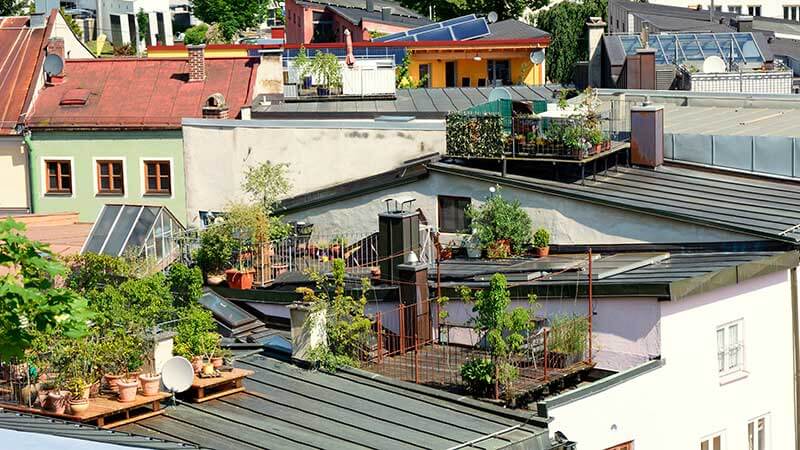
Install a solar-powered fan to force air and ventilate your attic. With this fans you can suck out hot air from attic, and prevent heat to spread to the rest of the house. The real benefit is that it will only start when the sun is out and it doesn’t cost much. You should hire a roof contractor to install these for you.
Prevention is always better than cure so be sure to either inspect your roof yourself or have it done by professionals at least once a year. Give us a call here at Detroit Roofing Contractors and we’ll be happy to come and inspect your roof for problems or weak spots, recommend any improvements or repairs necessary and generally give you and your family peace-of-mind to enjoy the balmy summer weather.